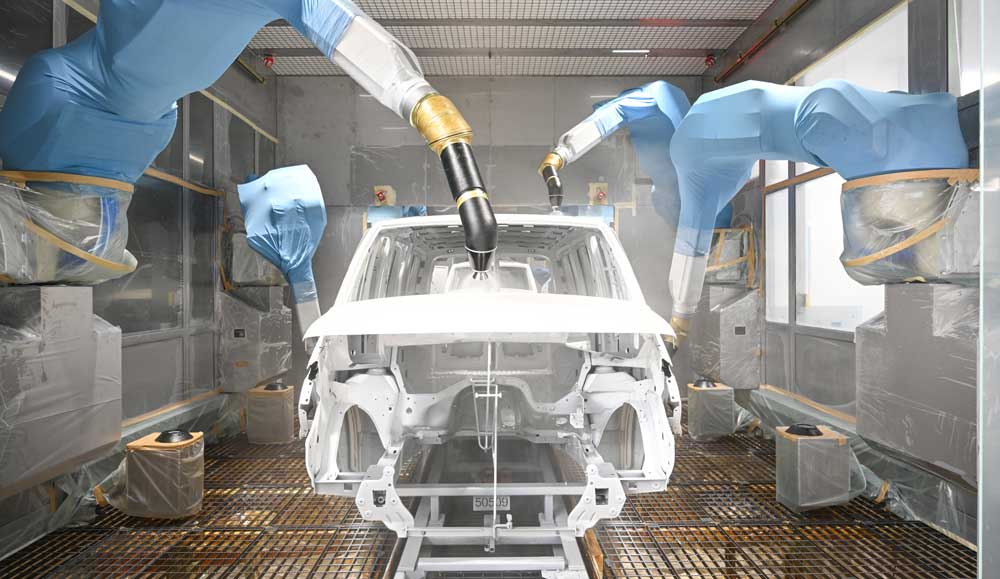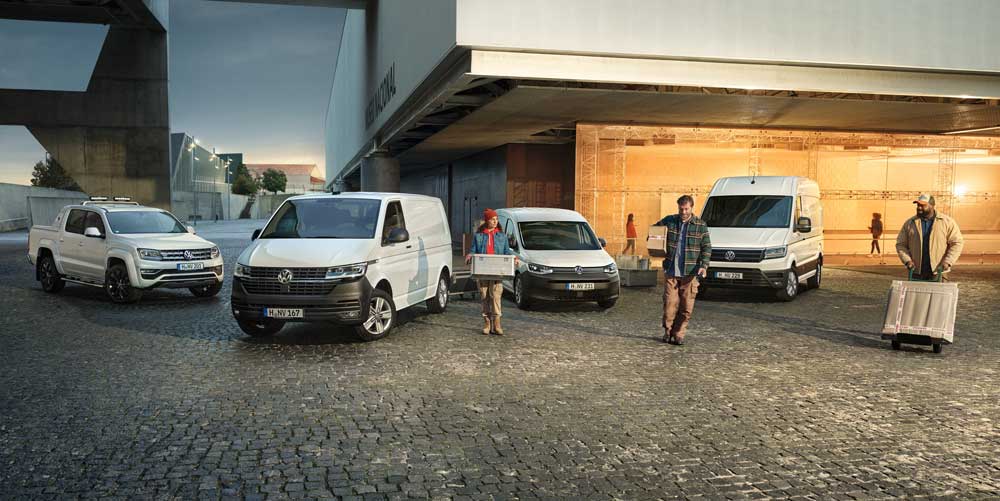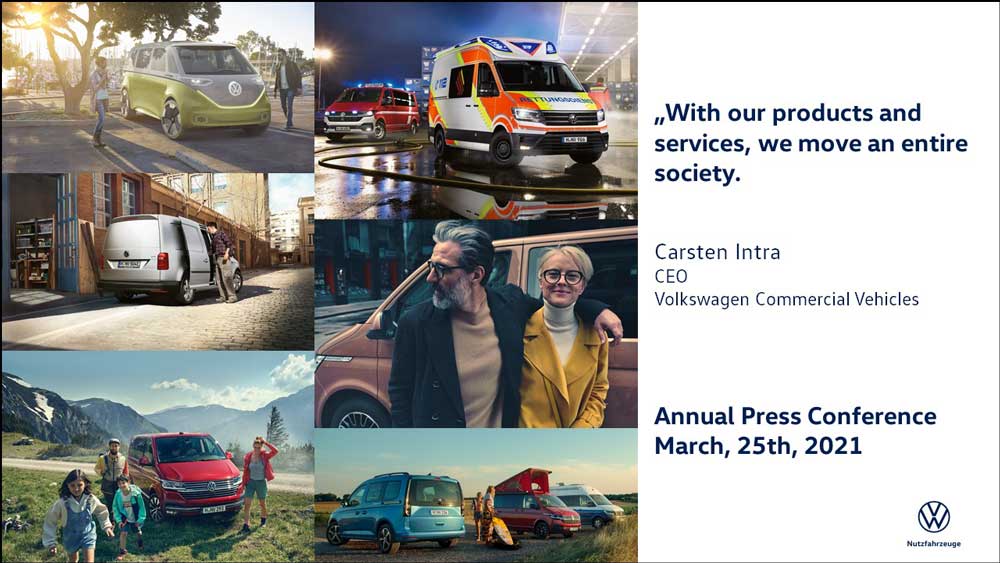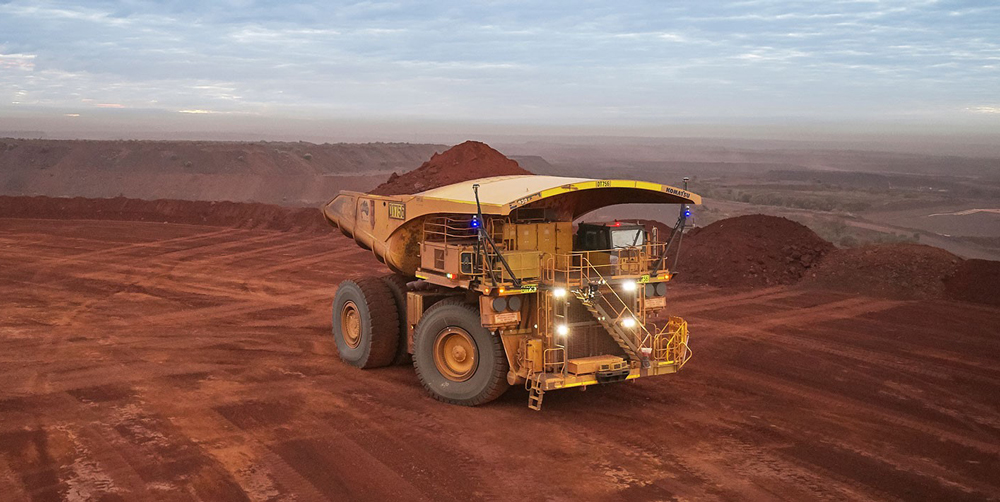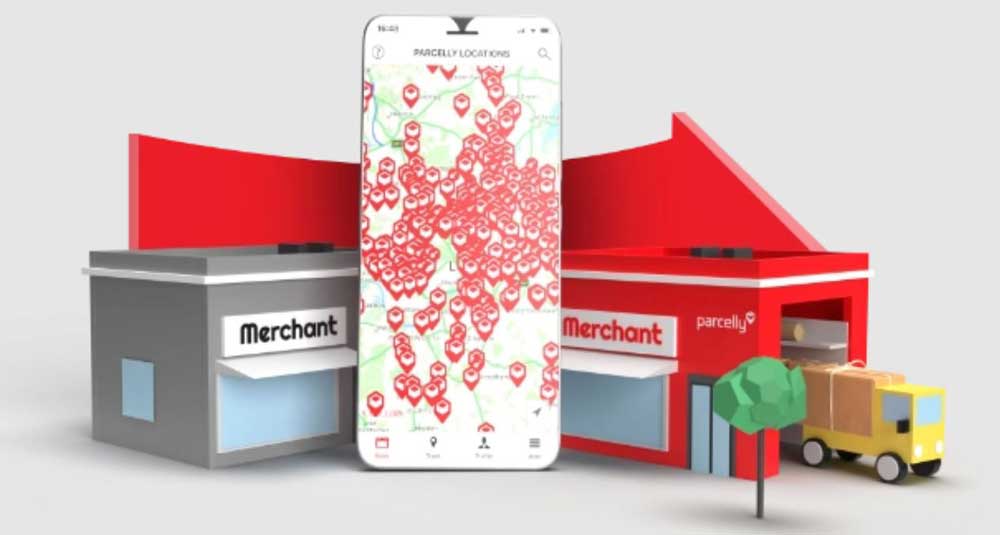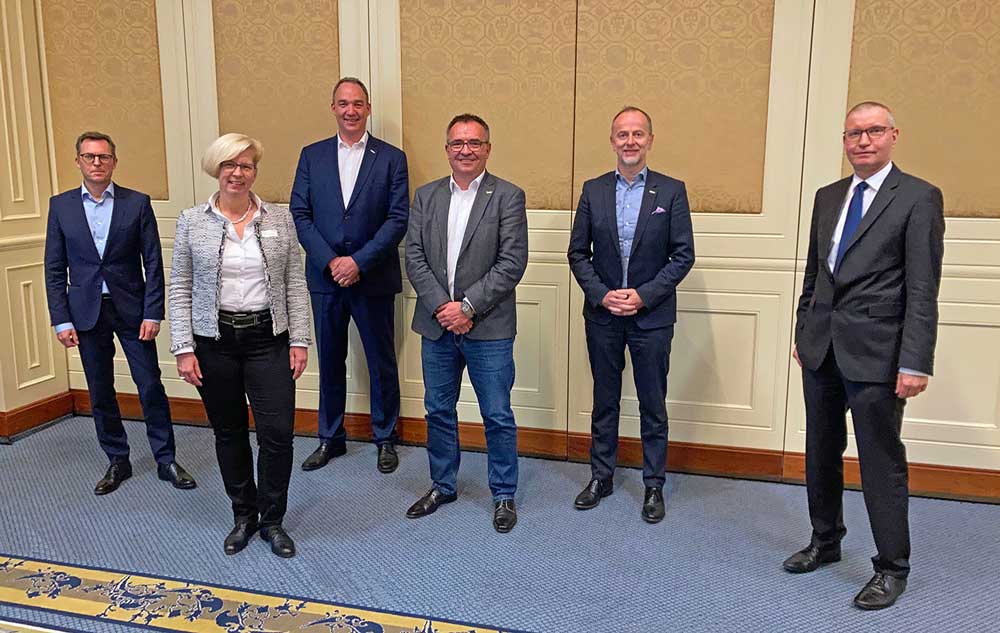Volkswagen Commercial Vehicles (VWCV) is systematically continuing its transformation and aiming to grow significantly again in the medium-term future. At today’s annual press conference, CEO Carsten Intra confirmed the company’s GRIP2025+ strategy. The company, headquartered in Hannover, achieved important milestones in the implementation of this strategy in the past year: since its world premiere and commencement of sales, the new Caddy has been very positively received in the markets. The cooperation with Ford on three vehicle projects is on schedule, boosting VWCV’s business customer offensive. In the premium supplier field for family and leisure, the successful camping vehicle segment has been expanded with the new Caddy California. For all California models the number of orders taken in 2020 was around 60 per cent up on the previous year. As part of the GRIP strategy, Carsten Intra also announced a new division under the VWCV umbrella, in which all activities on every aspect of future mobility services and the development of autonomous driving are being pooled. Autonomous vehicles are to be tested as early as this year.
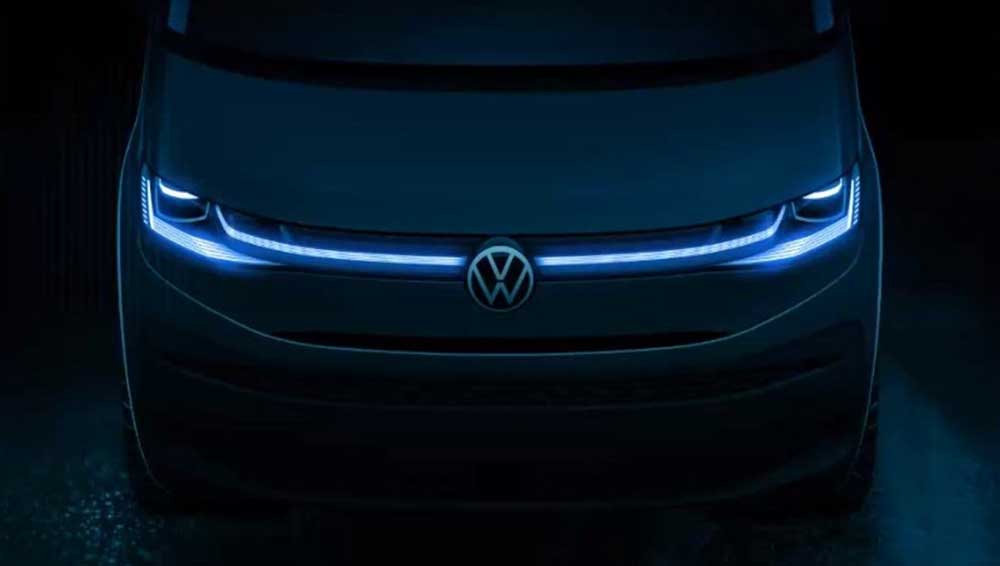
The global coronavirus pandemic had a far-reaching impact on Volkswagen Commercial Vehicles’ business last year. On the one hand there were lockdowns in core markets, challenges with suppliers and a reticence to make capital purchases among customers. On the other hand, stressed Carsten Intra, VWCV’s vehicles are of even greater significance at times like these: “Our vehicles deliver important goods, they are out and about as mobile workshops, and they bring doctors and police officers to wherever they are needed. The past year in particular has shown that with our vehicles and services we are an important part of the societal system. We are of positive use to people in general and to society”, explained the Chairman of the Management Board at the digital annual press conference.
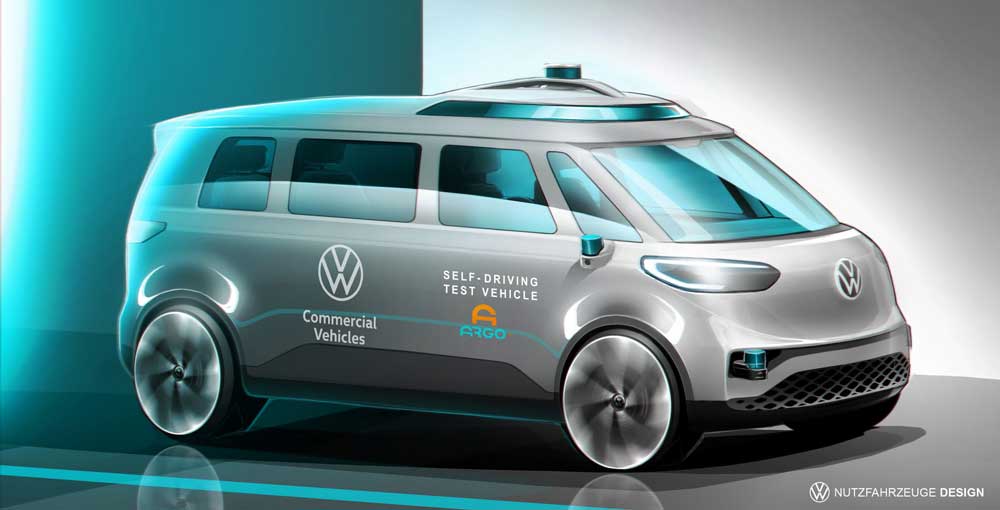
New division pools autonomous driving and new mobility services
Volkswagen Commercial Vehicles is taking on the lead role in the development of autonomous driving in the Volkswagen Group. It is doing this in cooperation with Argo AI. “Our vehicles are the logical first place of use for autonomous systems. We anticipate seeing autonomous systems from Volkswagen Commercial Vehicles in commercial use by 2025,” explained Carsten Intra. New mobility services (MaaS: Mobility as a Service and TaaS: Transport as a Service) are also being developed by VWCV at great pace. One example of MaaS offerings is the ride-pooling provider MOIA, which has started up in Hamburg and Hannover. As an example of future TaaS offerings, Intra presented the start-up Cito, which will begin its service this summer. Cito is a digital B2B platform for courier services. The start-up capital comes from, among other sources, the so-called Innovation Fund II, which is administered by the Group works council. Intra: “It is a genuine start-up – quick, agile, real entrepreneurship.”
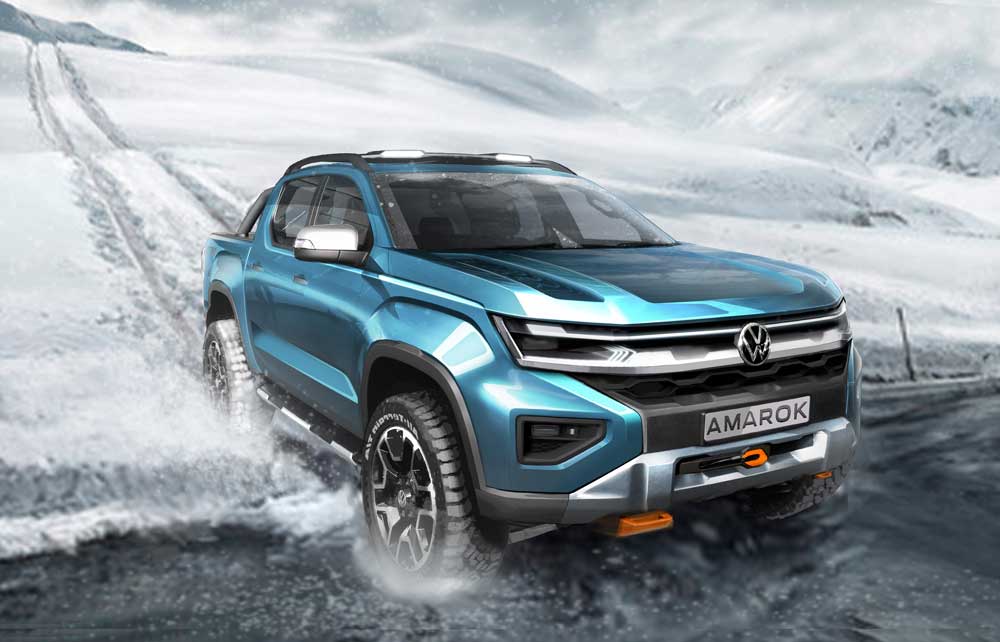
Due to the great significance of mobility services and of the potential of autonomous driving, Volkswagen Commercial Vehicles is pooling these activities within a new division under the VWCV umbrella. Included in the ‘MaaS/TaaS/AD’ division are, in addition to MOIA and Cito, above all the investments in Argo AI and all activities relating to the development of autonomous driving. As with the previous ‘Car Business’ division, the company will in future be reporting on this new division with its own financial KPIs. “This new division – which simultaneously forms the third pillar of our strategy – will account over the medium term for a significant part of our turnover and yield,” explains Carsten Intra.
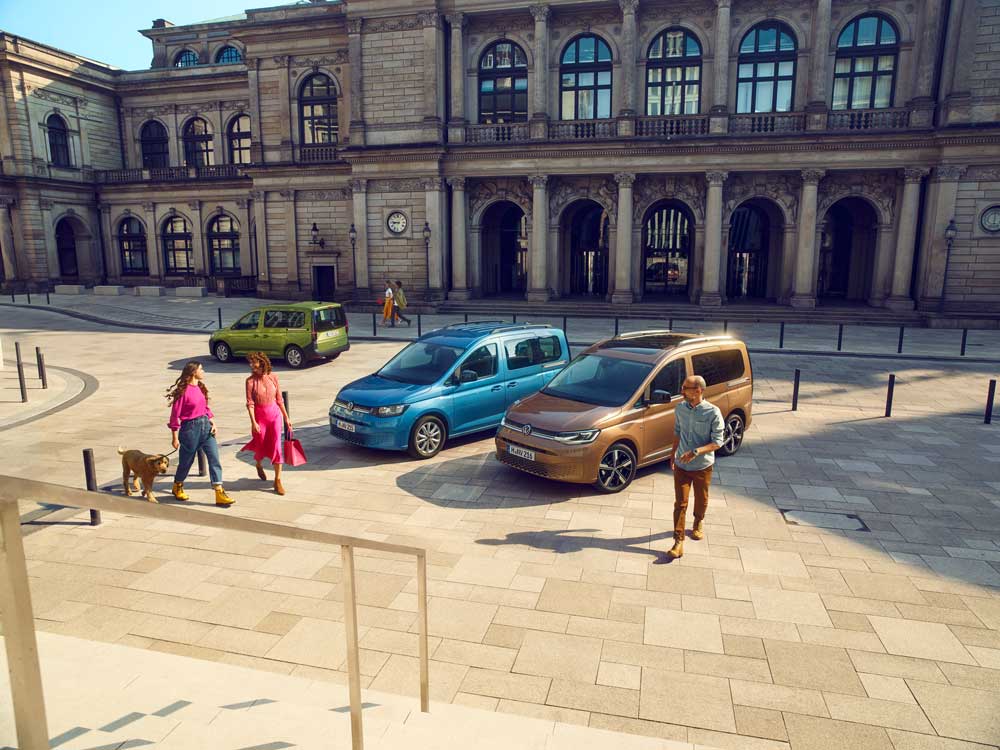
The company management has now also firmly anchored the sustainability goals in the strategy. In this respect VWCV is for the one part focussing on the electrification of the fleet, including with the new Multivan as a plug-in hybrid this year and the fully electric ID. BUZZ next year. For the other, the team is working hard on reducing the environmental impact in the production process. Included are a lower use of energy, water or solvent as well as the reduction of waste and CO2 emissions. By 2025, VWCV will reduce this by in total 50 per cent compared to 2010. In Hannover a reduction of 39 per cent has already been achieved.
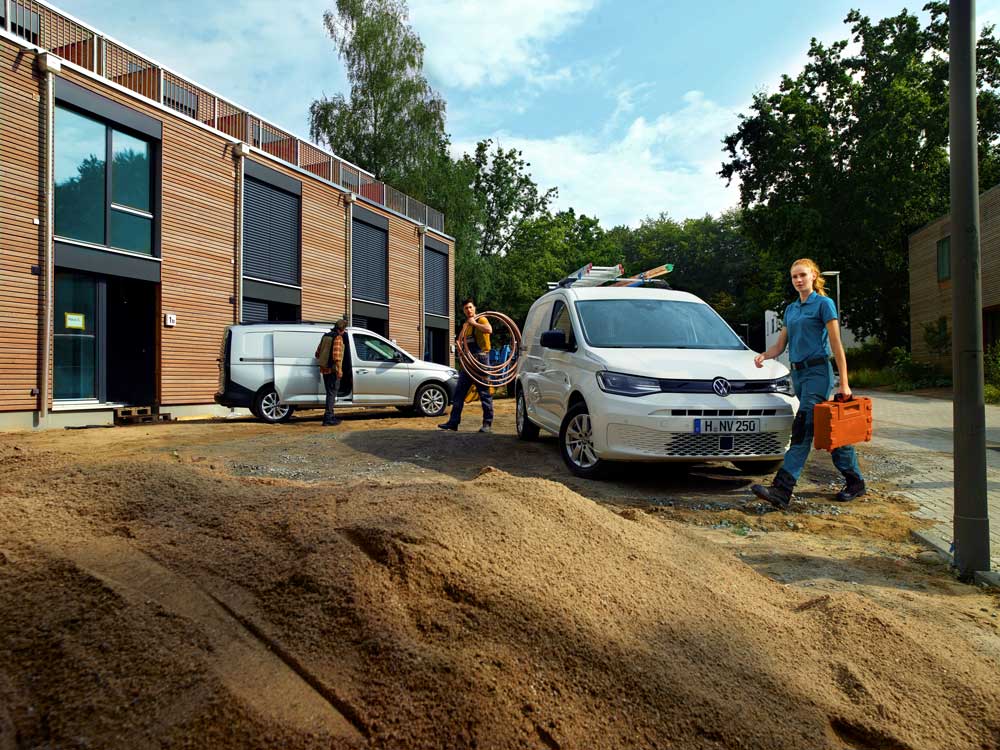
Financial results for 2020
The financial costs required for the transformation of VWCV can already be seen on the basis of the development costs and the balance sheet investments in 2020, as finance director Holger Kintscher explained. The development costs, above all for the ID. BUZZ and autonomous driving, rose in 2020 by around 100 million euros to in total around 1 billion euros. The balance sheet investments rose in the same period by 31 per cent to a total of 966 million euros. “These investments are securing our future and the return to a path of growth from 2022”, said Kintscher. As a result of the 24.4% year-on-year drop in units shipped in light of the coronavirus pandemic, turnover fell by 18 per cent to 9.4 billion euros (prior year 11.5 billion euros). As Volkswagen Commercial Vehicles was not yet able in 2020 to achieve the CO2 targets, incentive taxes of 340 million euros accrued for the first time. In total these debit items led to an operating result of -454 million euros (prior year 510 million euros).
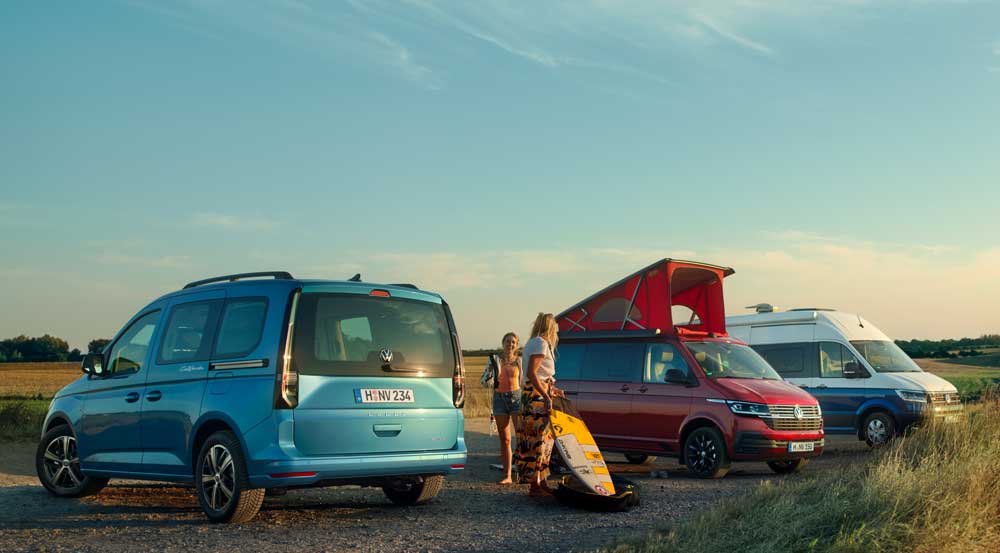
Holger Kintscher highlighted the success of the internal profit improvement programme called ‘GRIP Performance’. This programme is firmly anchored in the corporate strategy and unites high cost discipline and revenue optimization. In 2020 alone it was possible to achieve profit improvements of around 600 million euros. The programme is being rigorously carried on. The great advantage, said the finance director, is the programme’s sustainable orientation. In this way, the company will continue to benefit from the measures in the future.
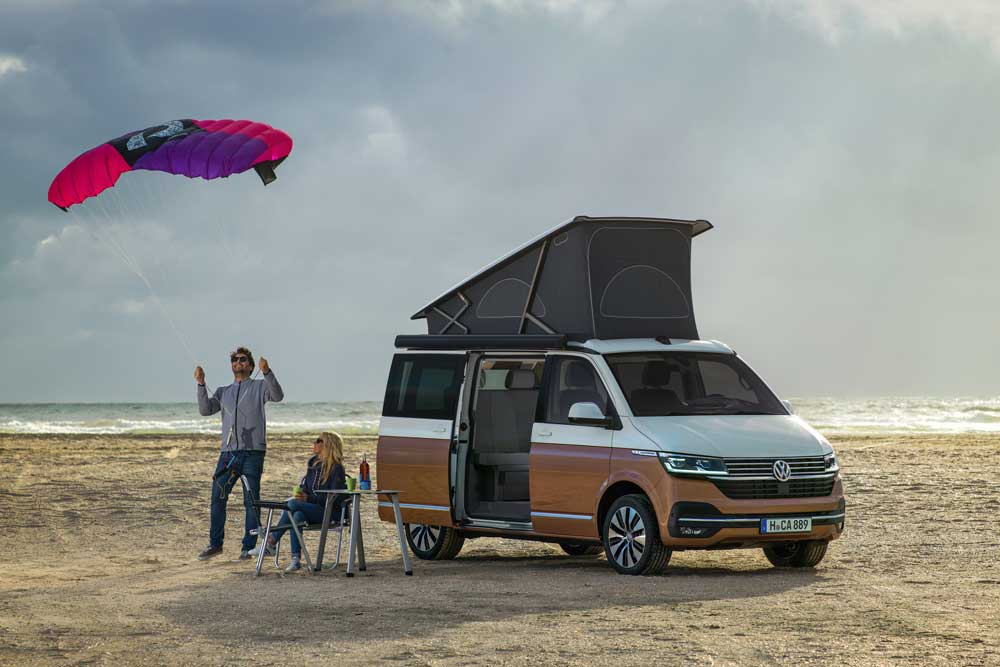
Product portfolio updated and expanded, utilisation secured
In 2020, VWCV unveiled the completely new Caddy, which reached dealerships by the end of the year. Based on the Group MQB platform, the Caddy now offers standards of driving comfort, driver assistance systems and infotainment that are totally new in its segment. As the Caddy California it also extends the camping vehicle range, supplementing the Crafter-based Grand California and the popular T model. Volkswagen Commercial Vehicles will also be producing a Caddy-based ‘City Van’ for Ford, with planned production start at the Poznań plant in 2022. In a few weeks, VWCV will be presenting the new Multivan, available from launch also as a plug-in hybrid variant. It broadens the offering in the van segment, as the current T6.1 is remaining in the range as a robust commercial and all-wheel drive vehicle. Intra: “This is paradigm shift in our “Bulli” world. We have further enhanced a popular base concept without any holding back: the comfort and dimensions of a car, plus the space and flexibility of a van.” Following next year then comes the fully electric ID. BUZZ, as a people mover and cargo version – the icon of the future from Hannover. Intra confirmed at the same time the introduction of the model for the US American market.
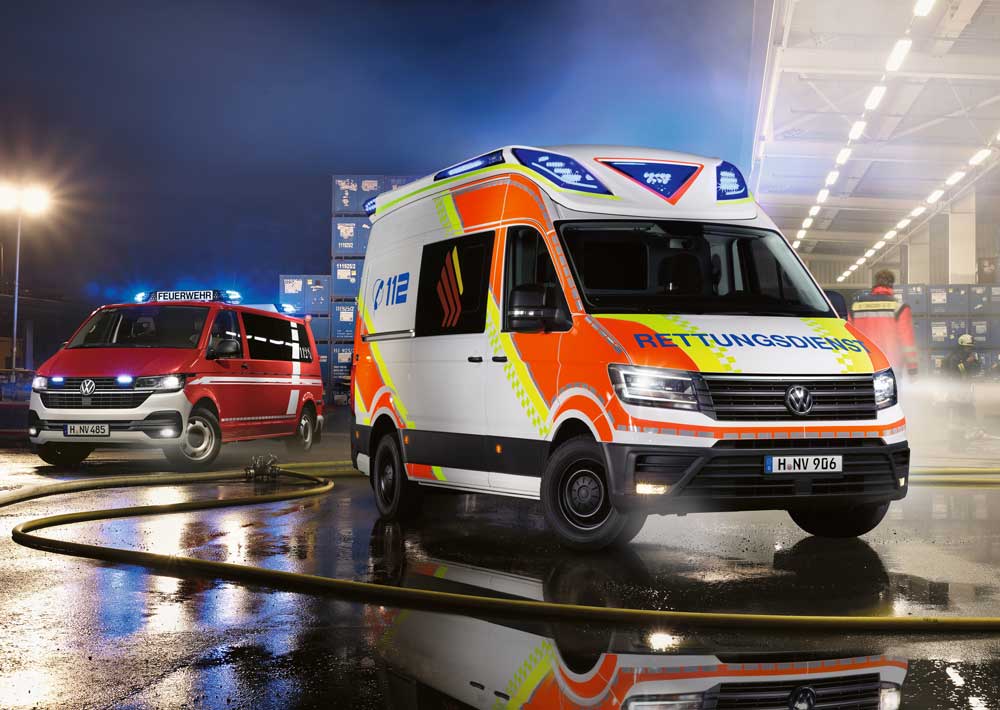
Following in the coming year from the cooperation with Ford there is then also the new Amarok. Showing a new design sketch, the Chairman of the Management Board underlined VWCV’s clear objective: “It’s not going to be just a fantastic pick-up. It’s going to be a genuine Volkswagen too – with clear DNA in both technology and design.”

Intra regards utilisation of the plants as now being secured until the end of the decade. With the decision to make premium electric vehicles for other Group brands in Hannover from 2024, the site agreement with employment protection in Hannover also stands. “65 years ago, the first “Bullis” rolled off the production line in Stöcken. Now, we’re developing the plant into one of the Group’s most modern sites. For this transformation we have motivated employees on board, who are shaping this journey with great dedication and commitment”, added the Chairman.
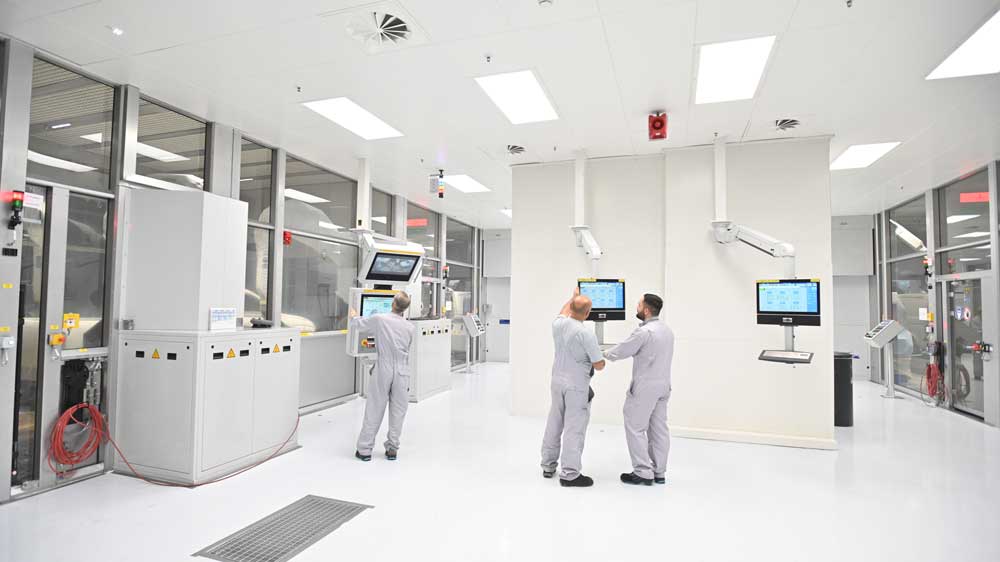
Outlook
For the current year the Volkswagen Commercial Vehicles Management Board anticipates shipped units of over 400,000 vehicles to customers, thus appreciably above the 2020 level. Due to the investments in the transformation, the remodelling of the plants and the introduction of fully electric models, the operating result of the ‘Car Business’ division is expected to be negative in 2021 as well. Carsten Intra clarified however: “Our GRIP strategy is a plan for growth. Over the medium term we will grow appreciably in terms of units shipped, turnover and bottom-line results and will be profitable again. On the way there, we are accepting two years with a negative result in the ‘Car Business’. Our objective is to play a key part with Volkswagen Commercial Vehicles in shaping the mobility of the next decade.”
